Local volunteers, members of Humber Conservation Volunteers (HCV), have worked with Cemex and Humber Industry Nature Conservation Association (Humber INCA) to re-open and restore the garden as a community wildlife garden, including re-opening the paths, repairing the gate, planting wildflowers, digging a wildlife pond, laying the hedgerow, installing and maintaining bird-feeders, making the garden accessible to the local community and laying the ground for wider conservation activities on the pubic right of way and publicly acessible greenspace around the Cemex plant.
A retired couple who are members of HCV have been the mainstays of this work, spending countless hours working hard to restore the garden with help from other members of HCV with such as the pond and the hedgelaying.
The garden is now a haven for wildlife with newly planted wildflowers and a seeded wildlife meadow area beginning to grow and is the nucleus for school involvement along the footpath.
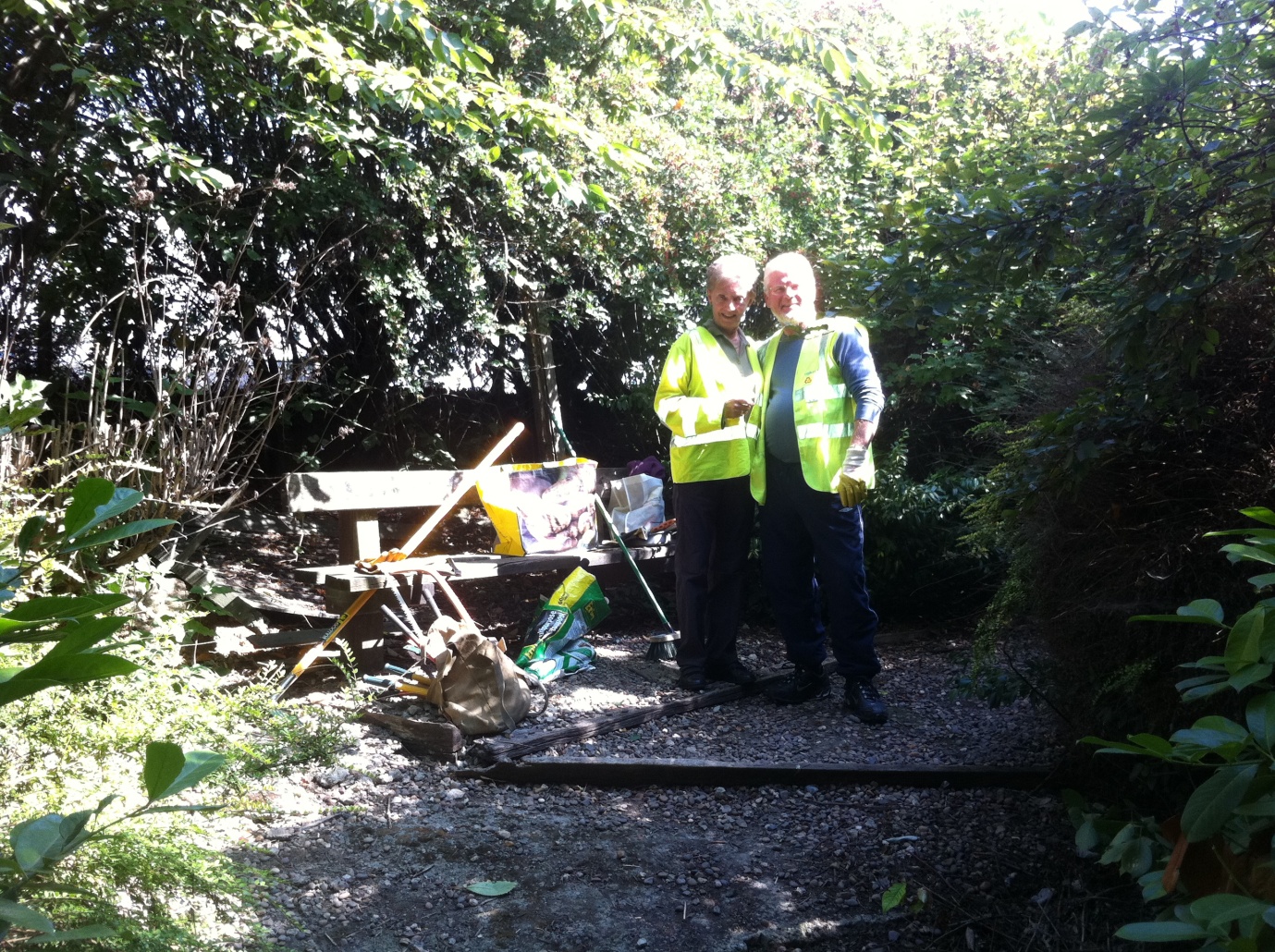


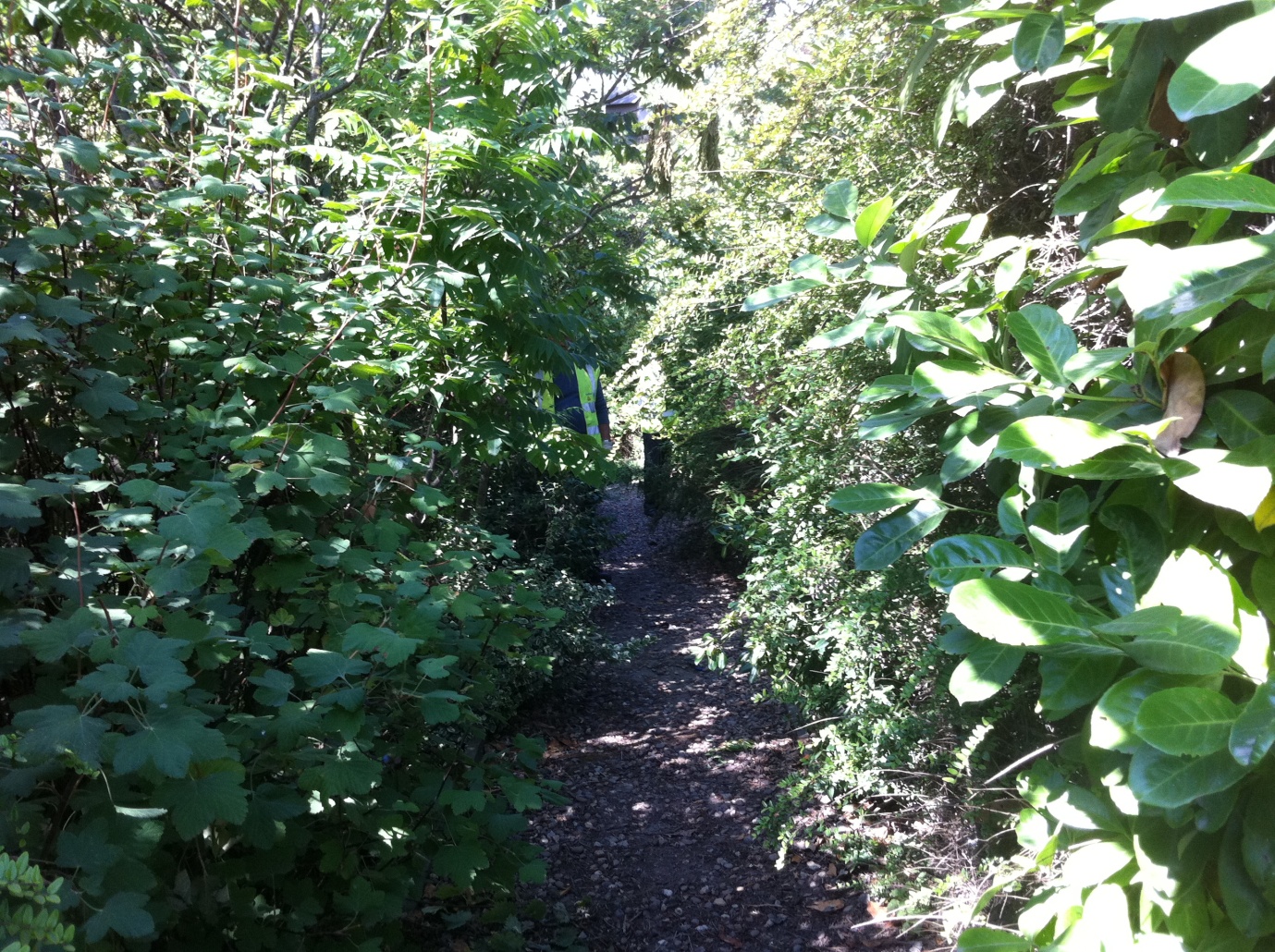
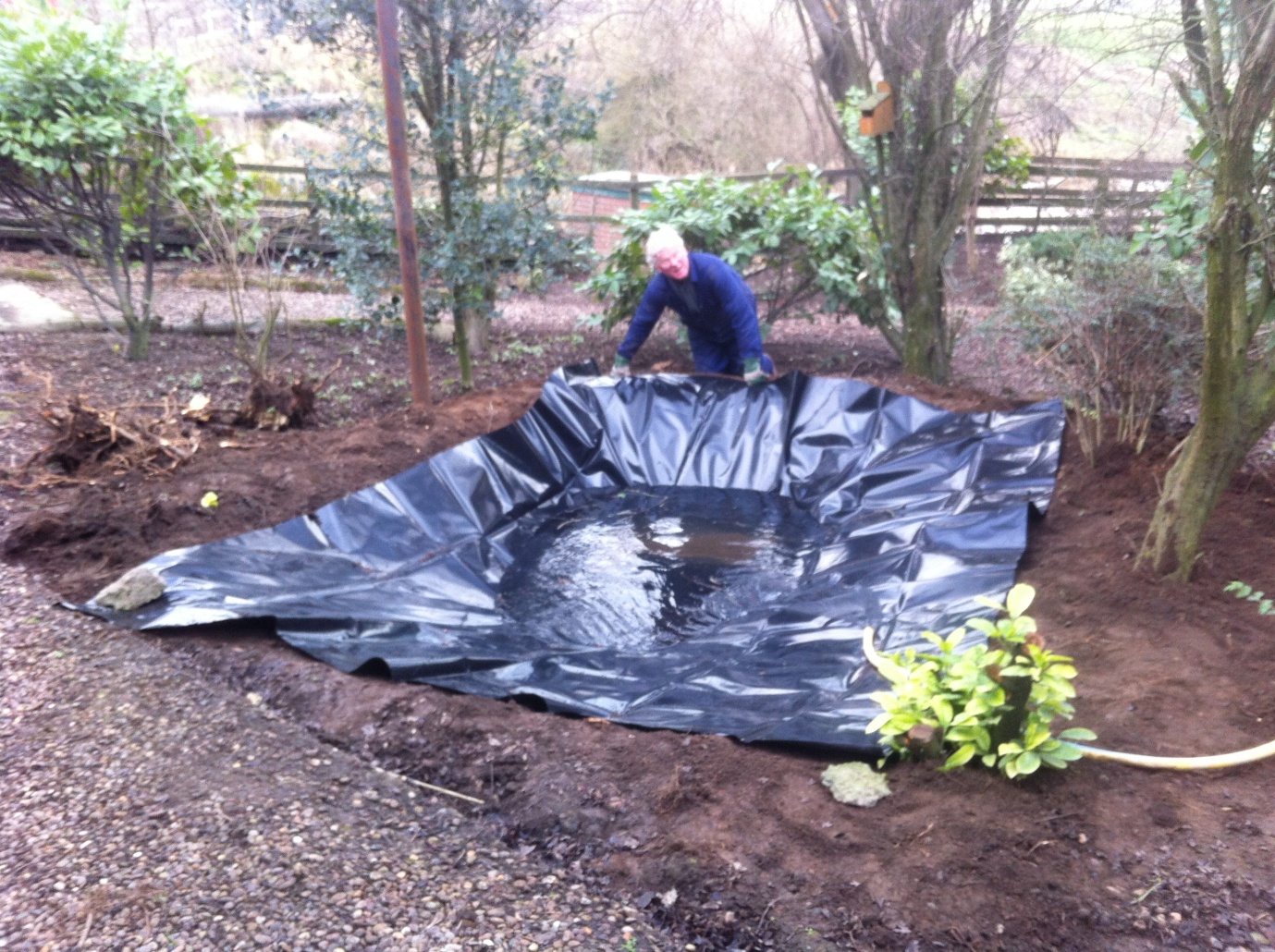
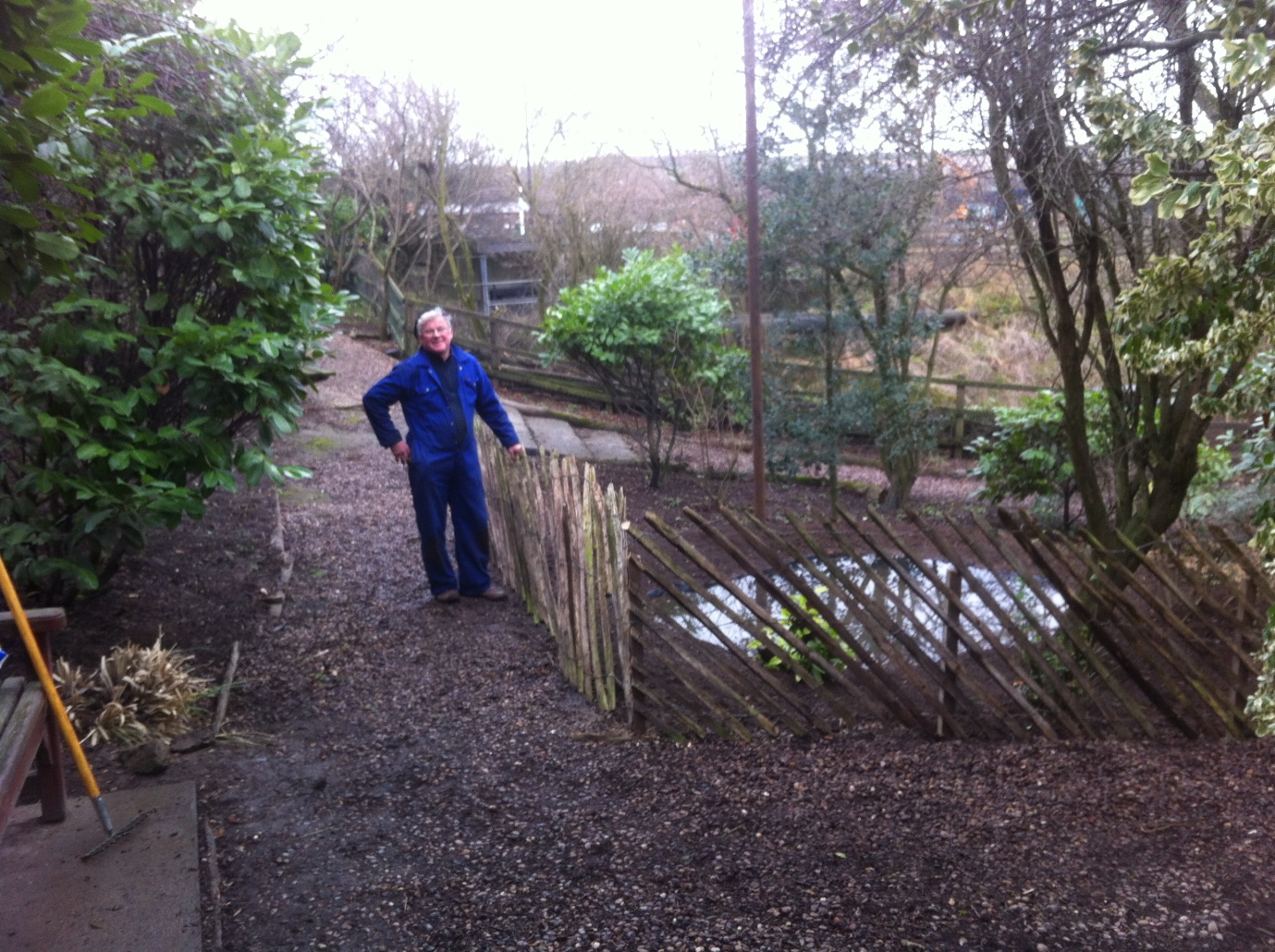
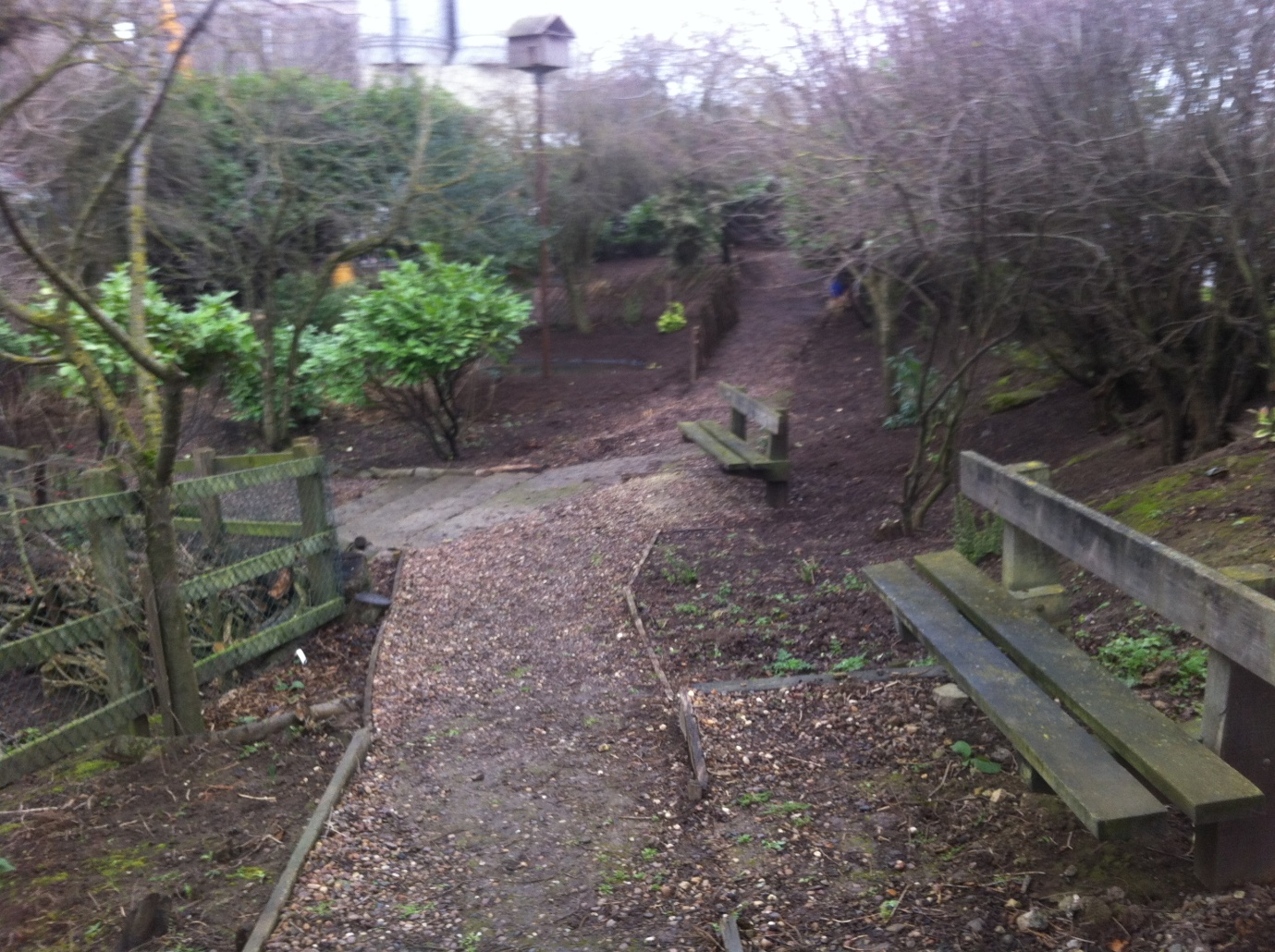
Cemex South Ferriby Cement Plant
By Alan Jones Humber Conservation Volunteers
Some years ago, Cemex South Ferriby Cement Plant developed a small area of wastland as a staff garden. The site is adjacent to the main road and to a public footpath, and was accessible to the public. Over the years the site became overgrown and inaccessible.
BEFORE: The site when the improvement work started
Allen and Elizabeth, the key volunteers on the project.
The most memorable moment was when the Environment Manager at the Cemex works was meeting the volunteers, sitting alongside them on the renovated bench. A kestrel swooped down at him, almost knocking his hard hat off but he ducked just in time. We told him it was a pigeon to tease him as he is still nervous in the garden!
The discovery of a robin's nest in an old kettle found during the hedgelaying was another treat and the kettle was replaced in the laid hedge ready for the spring. The emergence of all the spring bulbs can now be seen and they have the room and light to flower and grow once again.
The greatest pleasure is being able just to sit on the bench and be able to watch the hosts of different bird species on the bird feeders - robin, chaffinch, sparrows, blue tits, great tits etc with the thrushes and blackbirds on the ground below and foraging in the cleared areas below the bushes. The new pond also attracts wildlife and the tadpoles are growing.
AFTER: General view of the garden in late winter
It is hard but satisfying work and the volunteers look forward to the regeneration of the garden.
Note
This garden was the overall winner in the Business Section of the 2012 Big Wildlife Garden competition sponsored by Natural England. The judges' comments on the entry were:
"Wonderful communal effort and investment, with admirable integration of the business, the garden and the benefits to the local community. The enthusiasm, vision and persistence of the team has turned an unpromising part of the site to an asset for wildlife and people." |
Cemex South Ferriby Cement Plant
By Alan Jones Humber Conservation Volunteers
Some years ago, Cemex South Ferriby Cement Plant developed a small area of wastland as a staff garden. The site is adjacent to the main road and to a public footpath, and was accessible to the public. Over the years the site became overgrown and inaccessible.

BEFORE: The site when the improvement work started
Local volunteers, members of Humber Conservation Volunteers (HCV), have worked with Cemex and Humber Industry Nature Conservation Association (Humber INCA) to re-open and restore the garden as a community wildlife garden, including re-opening the paths, repairing the gate, planting wildflowers, digging a wildlife pond, laying the hedgerow, installing and maintaining bird-feeders, making the garden accessible to the local community and laying the ground for wider conservation activities on the pubic right of way and publicly acessible greenspace around the Cemex plant.
A retired couple who are members of HCV have been the mainstays of this work, spending countless hours working hard to restore the garden with help from other members of HCV with such as the pond and the hedgelaying.
The garden is now a haven for wildlife with newly planted wildflowers and a seeded wildlife meadow area beginning to grow and is the nucleus for school involvement along the footpath.

Allen and Elizabeth, the key volunteers on the project.
The most memorable moment was when the Environment Manager at the Cemex works was meeting the volunteers, sitting alongside them on the renovated bench. A kestrel swooped down at him, almost knocking his hard hat off but he ducked just in time. We told him it was a pigeon to tease him as he is still nervous in the garden!
The discovery of a robin's nest in an old kettle found during the hedgelaying was another treat and the kettle was replaced in the laid hedge ready for the spring. The emergence of all the spring bulbs can now be seen and they have the room and light to flower and grow once again.

AFTER: General view of the garden in late winter
It is hard but satisfying work and the volunteers look forward to the regeneration of the garden.
Note
This garden was the overall winner in the Business Section of the 2012 Big Wildlife Garden competition sponsored by Natural England. The judges' comments on the entry were:
"Wonderful communal effort and investment, with admirable integration of the business, the garden and the benefits to the local community. The enthusiasm, vision and persistence of the team has turned an unpromising part of the site to an asset for wildlife and people." |


The greatest pleasure is being able just to sit on the bench and be able to watch the hosts of different bird species on the bird feeders - robin, chaffinch, sparrows, blue tits, great tits etc with the thrushes and blackbirds on the ground below and foraging in the cleared areas below the bushes. The new pond also attracts wildlife and the tadpoles are growing.










